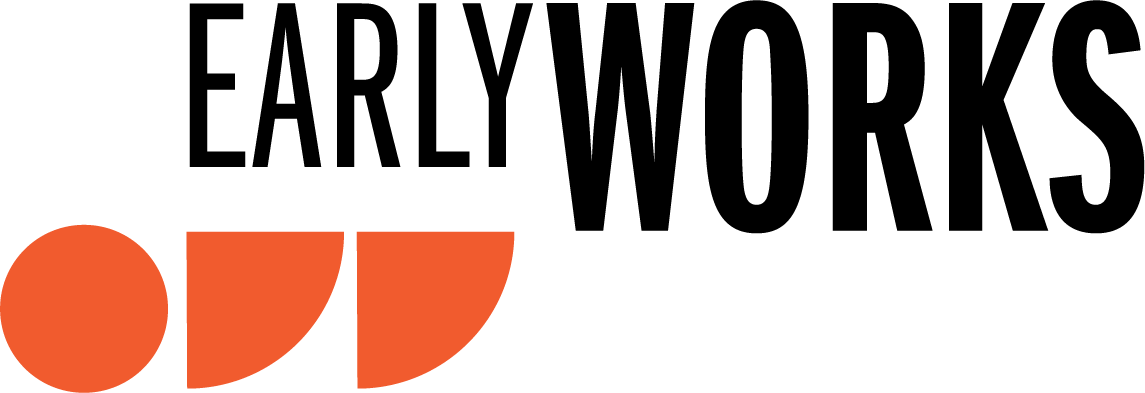Talent Retention: 4 Ideas for Keeping Those Hard-Won Quality Hires
This is the second post in a two-part series about talent attraction and retention and employer branding focused on capacity-constrained industries. Read the talent recruitment post here.
Lessons Learned from Early Childhood Talent Work
I used to work in motorsports and a prevalent saying in the paddock was, “The best sponsor to have is the one you’ve got.” I’m reminded of this often as we work with clients to address the challenges of employee retention. Employers invest precious time and expense in recruiting qualified candidates—advertising, job fairs, marketing materials, and orientation are just the start of an organization’s investment in talent.
It’s a challenge for all organizations. According to the Bureau of Labor Statistics, in January 2018, wage and salary workers had been with their current employer for a median of just over four years. For workers age 25 to 34 that number falls to nearly three years. Building on that, the Work Institute estimates that one-in-four employees will leave their job, and that nearly three-fourths of that turnover could be prevented. So, how do organizations keep their investment in talent recruitment?
1. Help employees feel pride for what they do.
In our work with early childhood educators, we found that teachers—especially Millennials—are motivated by the impact of their work in the classrooms. They need to make a living wage, hope for a strong benefits package, and want professional development opportunities (more on that soon), but overwhelmingly they are motivated by the growth they see in their students, and feel directly responsible. How do organizations show employees that they see the value of their employee contributions? How can your organization reinforce that your employees’ work matters?
For teachers, we have recommended recognizing staff in employee communications for their valuable micro-skills or behaviors, e.g., Paperwork Tamer, Champion Snuggler, Fountain of Knowledge, etc. This allows staff to be recognized for their skills, while broadly reinforcing the value and impact of these skills and behaviors.
2. Find mechanisms to promote work-life balance.
Many jobs do not allow for flexible work hours or work from home arrangements. Compensation may be limited by a number of factors. So, how can organizations acknowledge they understand and support a work-life balance? What benefits can your organization offer?
Research shows that younger generations value practical benefits like financial training and tax preparation assistance more than their older peers. Additionally, a number of our education clients look for ways to offer perks that address their employees’ wellness and financial needs, e.g., health trainings, discounts for a local gym, retirement planning assistance, savings programs, and time management classes, to name a few.
3. Illuminate potential career paths.
Good employees value opportunities to learn and grow in their jobs. This requires organizations to create a culture of learning and professional development. This looks different for employees at various stages in their careers—from a strong orientation for a new job to mentorship to ongoing professional development to leadership opportunities. How is your organization showing employees that you support their professional growth and have a career path with your organization?
For example, in early childhood education, multiple studies have found that mentoring programs improve new teacher retention rates, in some cases reducing turnover by more than two thirds. They also carry additional benefits for both mentor and mentee: beginning teachers develop their skills more quickly, while mentors have an opportunity to develop their own leadership skills within the organization.
4. Structure recruitment with retention in mind.
Ultimately, recruiting a quality employee is critical first step to successfully retaining them. They have been wooed. They joined the team. Invest in your organization’s efforts to keep wooing them to stay.
Contact us today to talk about your talent recruitment and retention needs.





